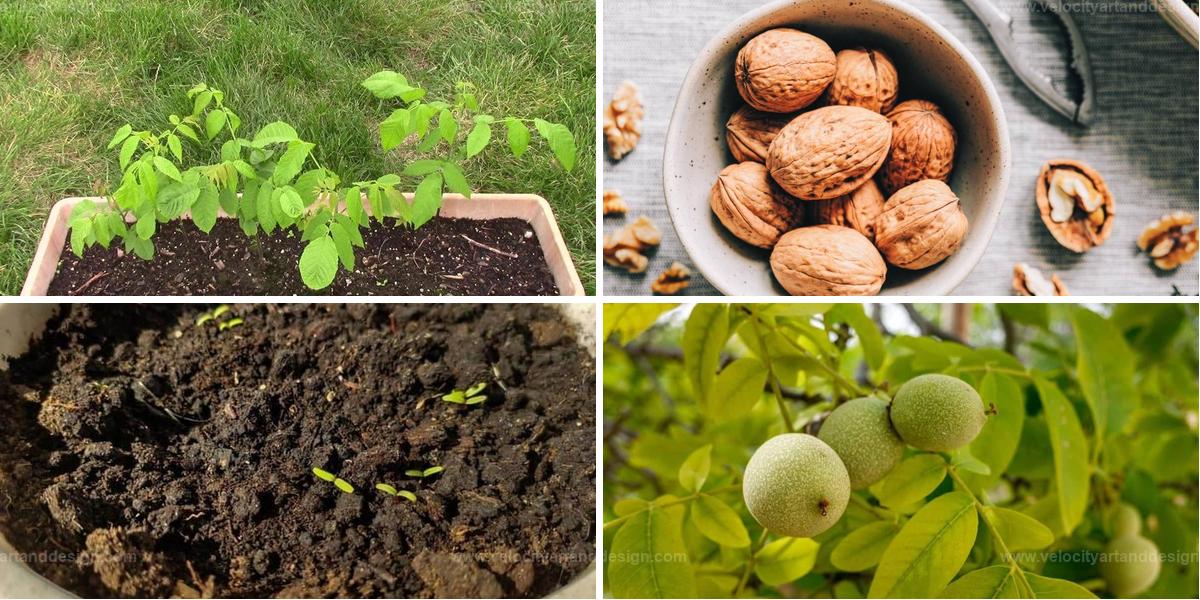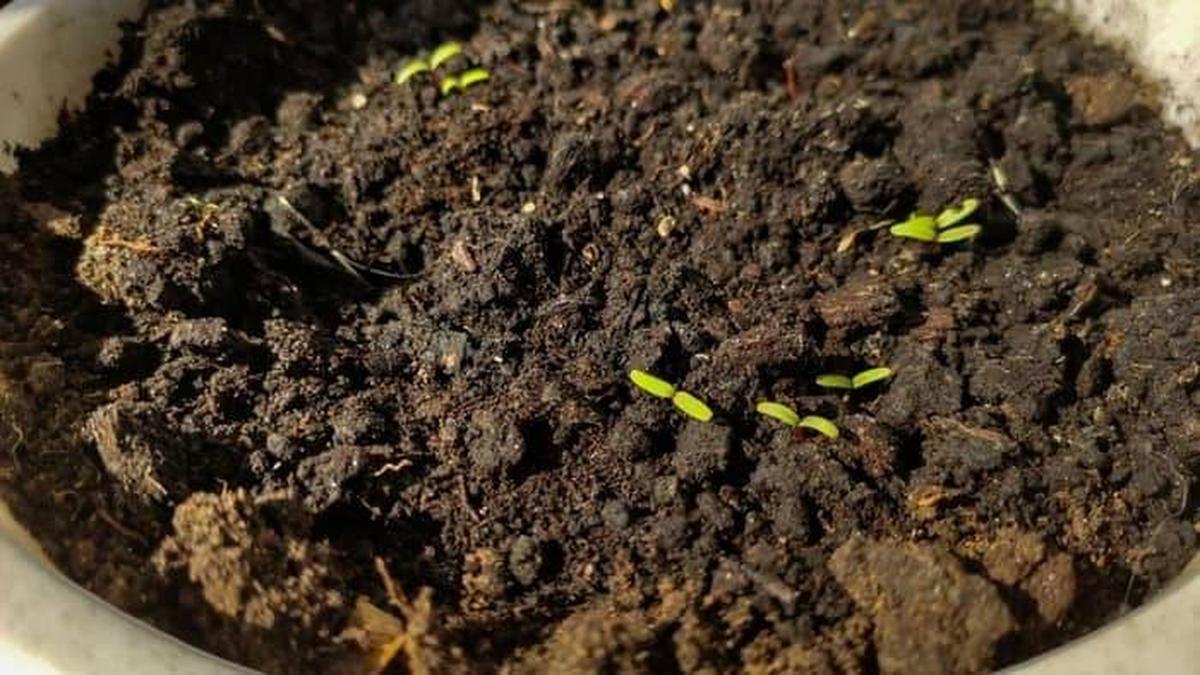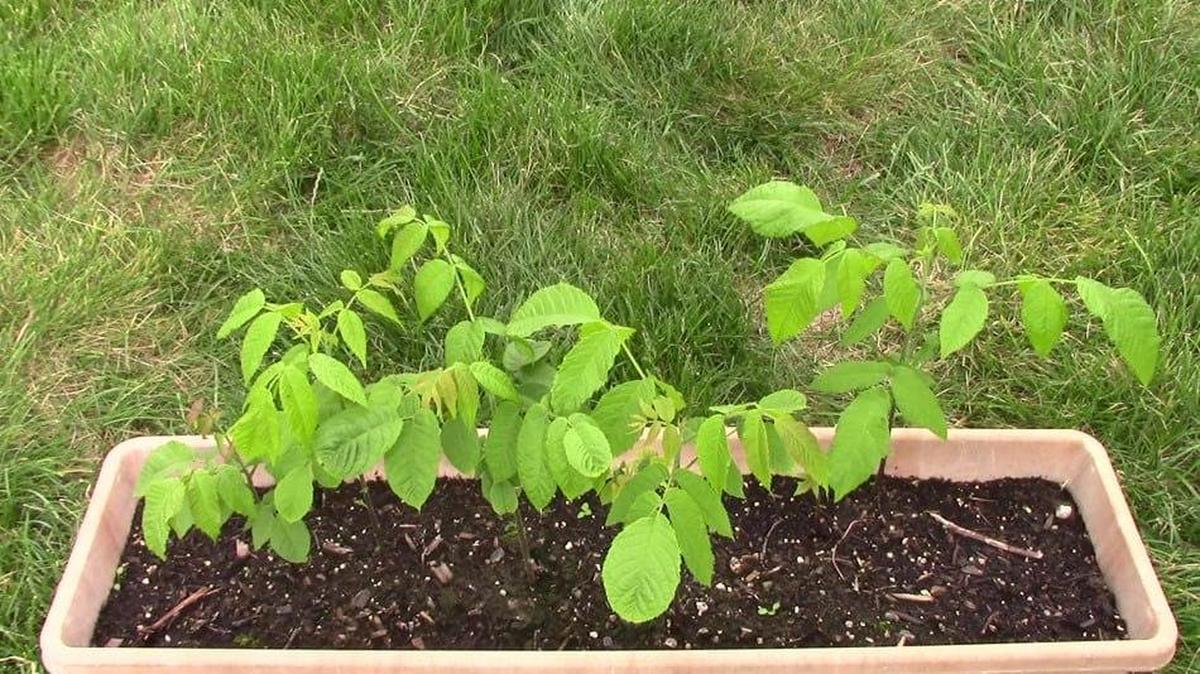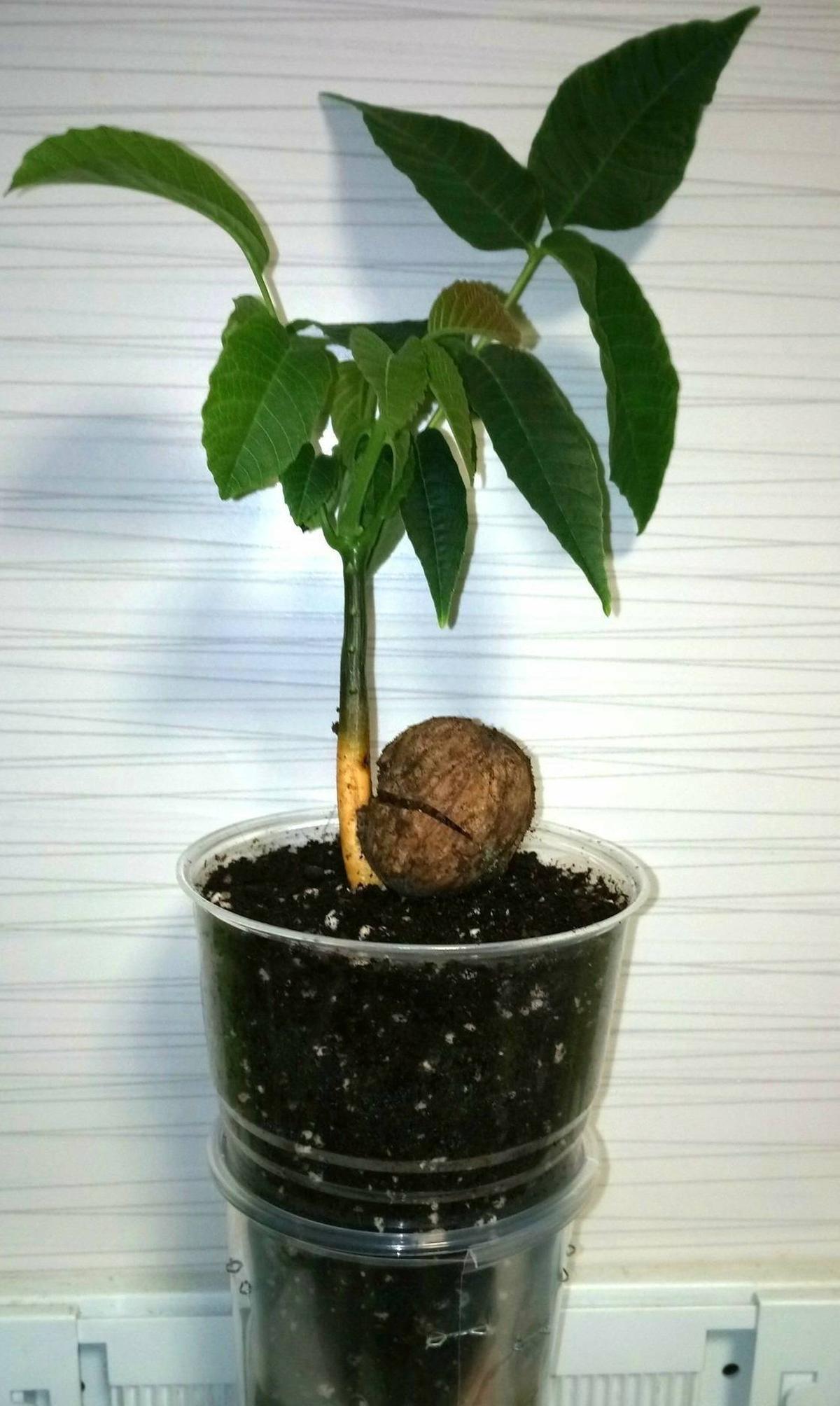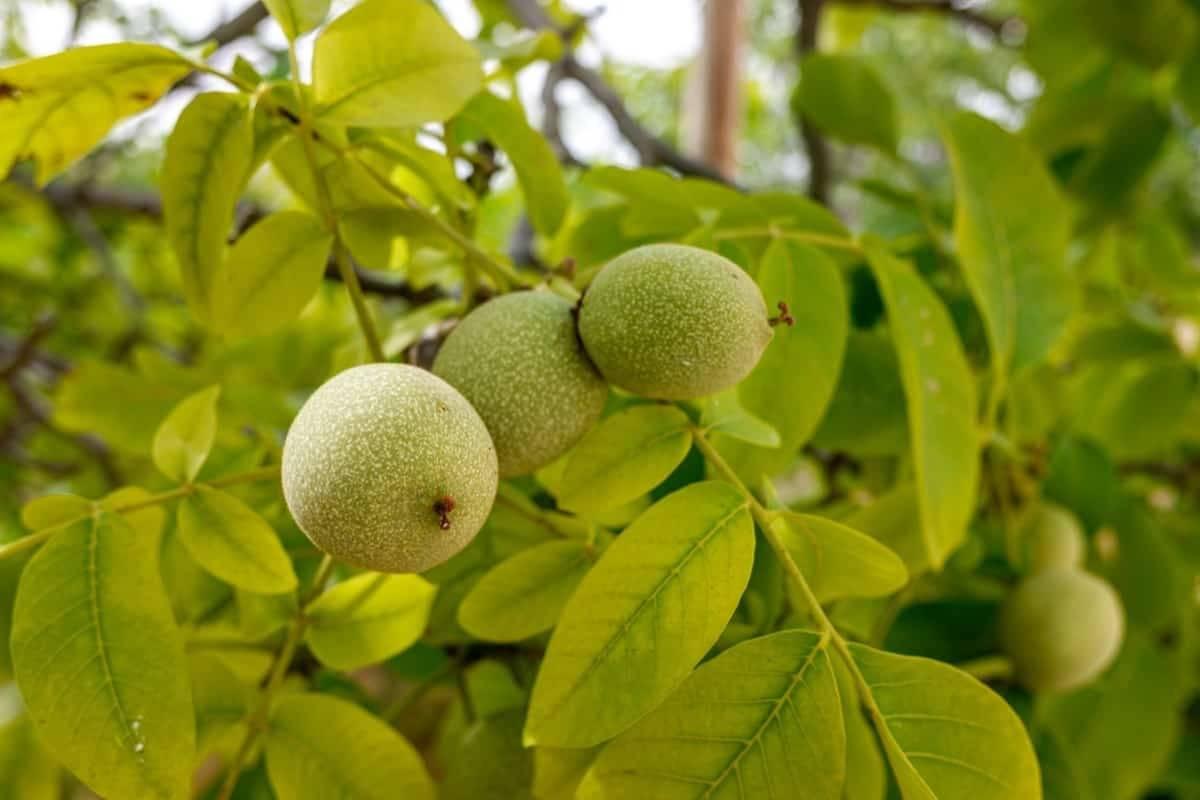The Complete Guide to Growing Walnut Trees from Seeds
Starting a walnut tree from seeds takes some patience, but it’s a rewarding project for home gardeners.
Understanding the right planting method, soil conditions, and long-term care ensures your walnut tree grows strong and healthy.
This guide helps you get started on the journey of growing your own walnut tree right from seeds.
Gathering Seeds
Finding a healthy walnut seed is crucial for starting your journey into growing a walnut tree.
Focus on selecting nuts that are plump and free from blemishes, as these have the best chance of sprouting.
Autumn is the perfect season to gather them, when they drop naturally from their branches.
Once you've collected your choice walnuts, you'll be one step closer to nurturing a magnificent tree in your own backyard.
Seed Stratification
Cold stratification plays a crucial role in getting walnuts ready to sprout.
This simple process involves wrapping the seeds in a damp paper towel or sand, then tucking them away in your refrigerator for roughly three months.
During this time, nature works its magic, helping the seeds break dormancy and prepare for germination.
Once you take them out and plant them, you'll be on your way to nurturing new walnut trees that can flourish for years to come.
Sowing
Planting a walnut tree brings the promise of shade and beauty to your space.
Selecting a sunny spot with soil that drains well is crucial for its growth.
Seeds need to go in about an inch deep, ensuring the pointy end faces downwards, while keeping them spaced generously apart allows each tree room to flourish.
Once seedlings appear, typically within weeks or months, picking the strongest one for nurturing will set you on a path toward enjoying this magnificent addition in years to come.
Ongoing Care
Watering a walnut tree in its early years is crucial, especially during dry spells.
Once it settles in, this resilient tree can handle drought conditions with ease.
A layer of organic mulch around the base not only helps retain moisture but also keeps weeds at bay and stabilizes soil temperature.
Pruning plays a vital role too; shaping your tree early on ensures strong growth and enhances productivity down the line while keeping an eye out for pests like aphids or codling moths will help maintain its health naturally.
Fruiting Phase
Growing walnut trees requires a good dose of patience.
Waiting four to seven years for your first harvest might feel like an eternity, but think about the joy of enjoying fresh walnuts for many years afterward.
These trees not only provide tasty nuts but also add beauty and shade to your landscape, making every moment spent waiting worthwhile.
Plant those seeds with care and excitement; a rewarding journey awaits you as nature unfolds its wonders over time.

